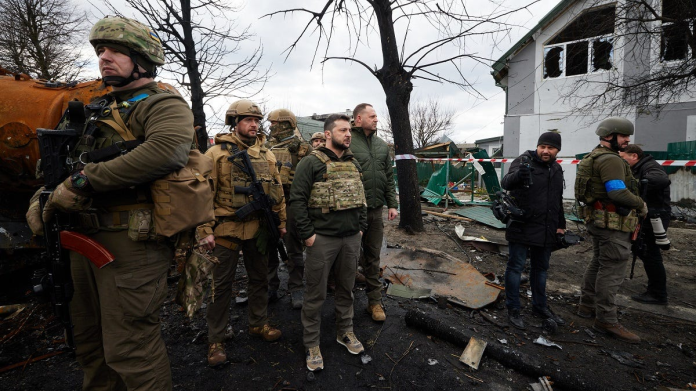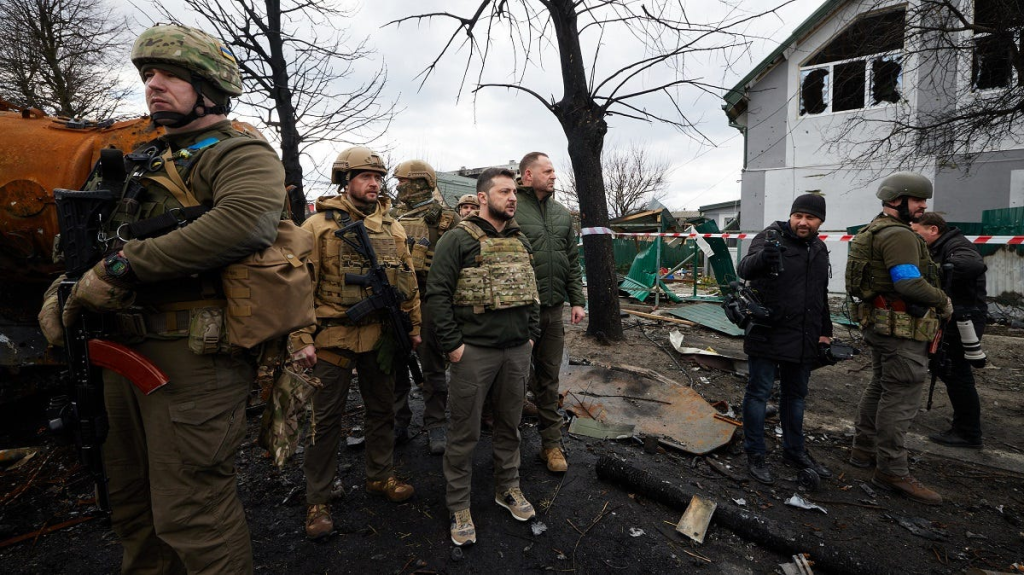
Was this the evening Ukraine’s drone war escalated to a new height? The biggest one-day barrage since September ravaged Russian airspace, interceptors mobilizing from Moscow to Tatarstan, and a strike deep at the Alabuga Special Economic Zone the pulsing heart of Russia’s long-range drone manufacturing.
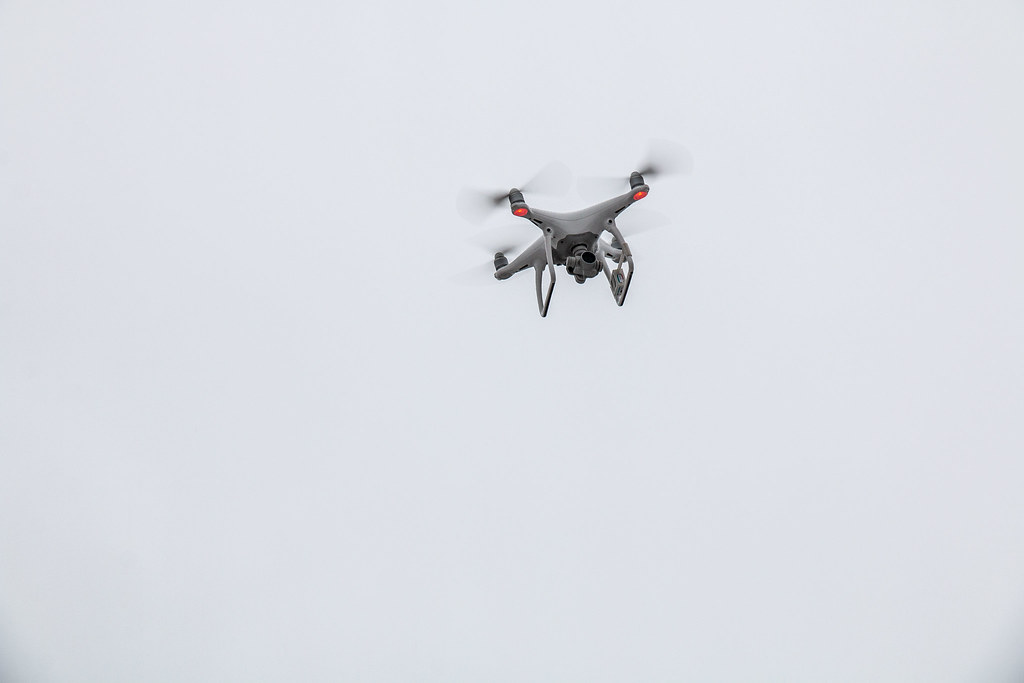
1. Record-Breaking Interceptions Over Moscow
Between Monday night and Tuesday morning, Russian air defenses intercepted an all-time record of Ukrainian drones. Mayor Sergei Sobyanin verified 41 destroyed close to Moscow, as the Defense Ministry counted 236 downed in one day, a record since September 12. Interceptions started at about 7:30 p.m. local time and went on into daylight, with no casualties but triggering emergency responses for falling debris.
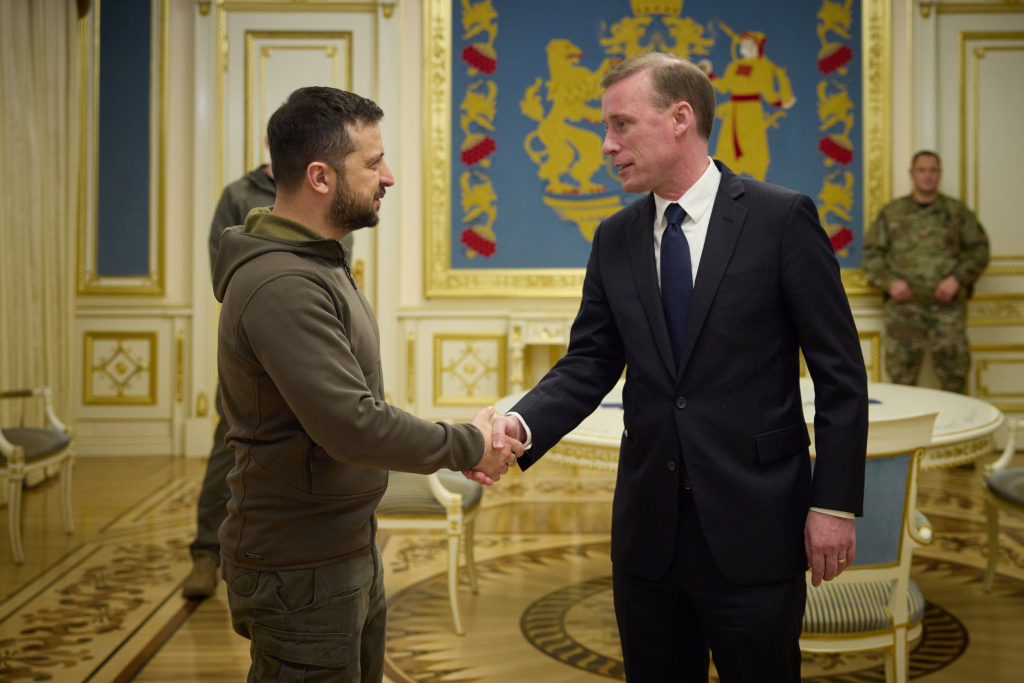
2. Strategic Strike on Alabuga
Ukraine’s attacks reached far into the capital. Andriy Kovalenko of Ukraine’s National Security and Defense Council said drones hit Yelabuga in Tatarstan, 565 miles east of Moscow. The site is home to the Alabuga Special Economic Zone, Russia’s biggest plant for manufacturing Shahed-style long-range strike drones. Satellite photos indicate rapid growth a minimum of eight new warehouse facilities since late 2024 and housing for employees that can accommodate as many as 40,000 workers. Experts like David Albright point out that Alabuga now produces engines domestically, potentially allowing Russia to break its dependence on Iranian parts.
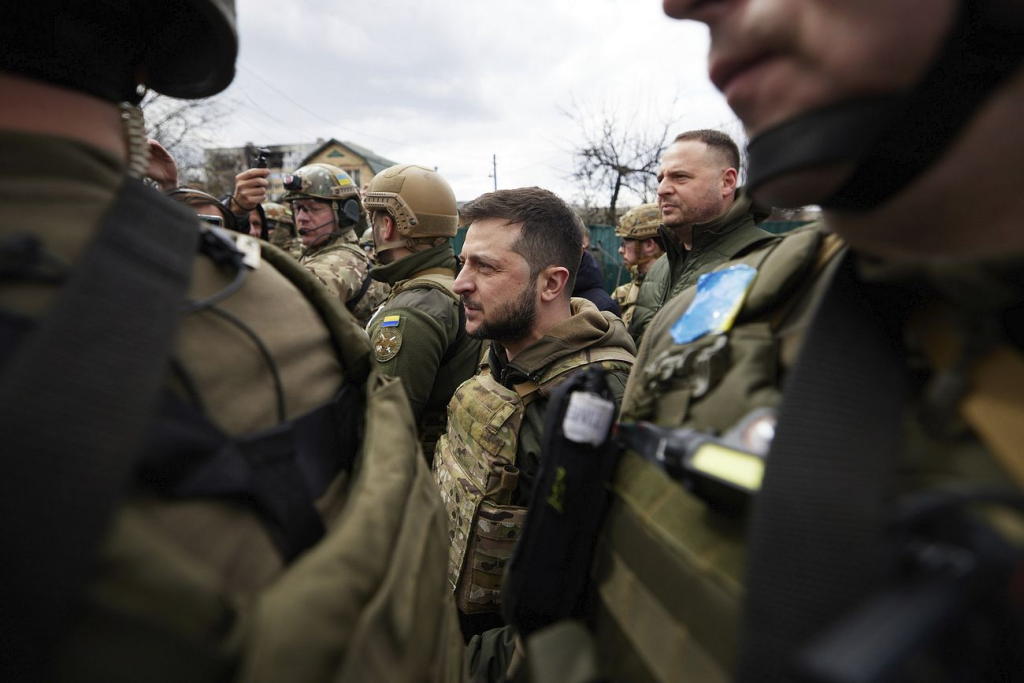
3. Alabuga’s Role in Russia’s Drone War
The factory produces Shahed attack drones and Gerbera decoys, which are deployed to flood Ukrainian air defenses. Production increased from 5,700 Shaheds in the first nine months of 2024 to much greater targets in 2025. The facility is protected by Pantsir medium-range air defense systems, highlighting its strategic importance. Ukrainian forces have bombed Alabuga repeatedly, aware of its significance in allowing Russia to send waves of hundreds of drones during one evening.
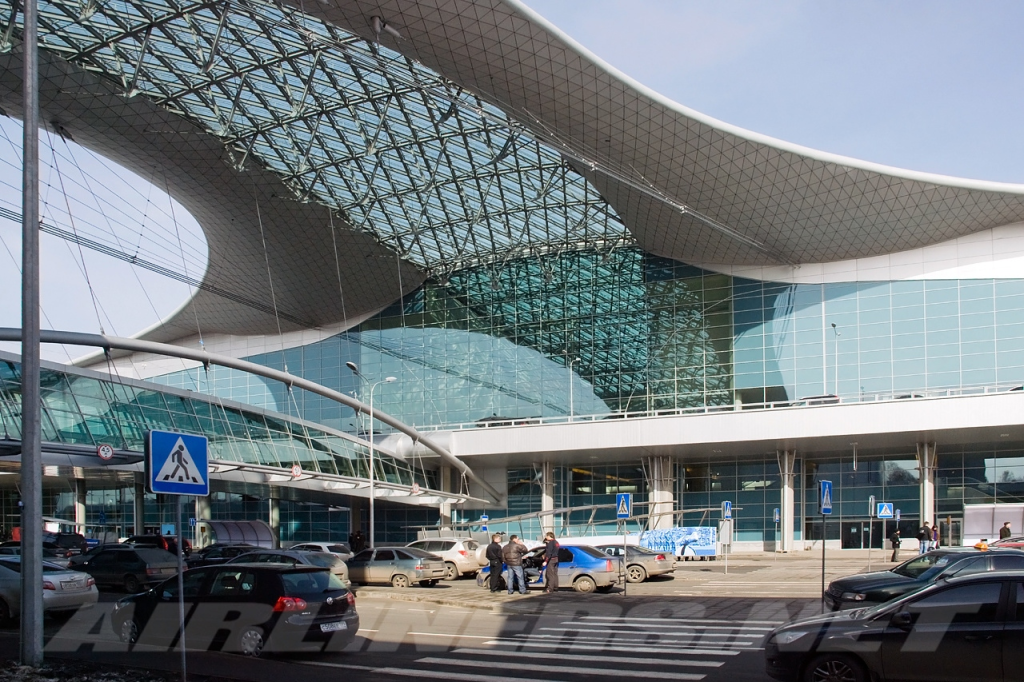
4. Interference of Russian Civil Aviation
The shelling compelled short-term flight restrictions at Moscow’s Sheremetyevo, Vnukovo, Domodedovo, and Zhukovsky airports. Further closures affected Yaroslavl, Saratov, Samara, Begishevo, Kazan, and Gelendzhik. These interferences attest to the extent of Ukrainian long-range drones and the pressure on Russia’s internal transport network under prolonged air attack.
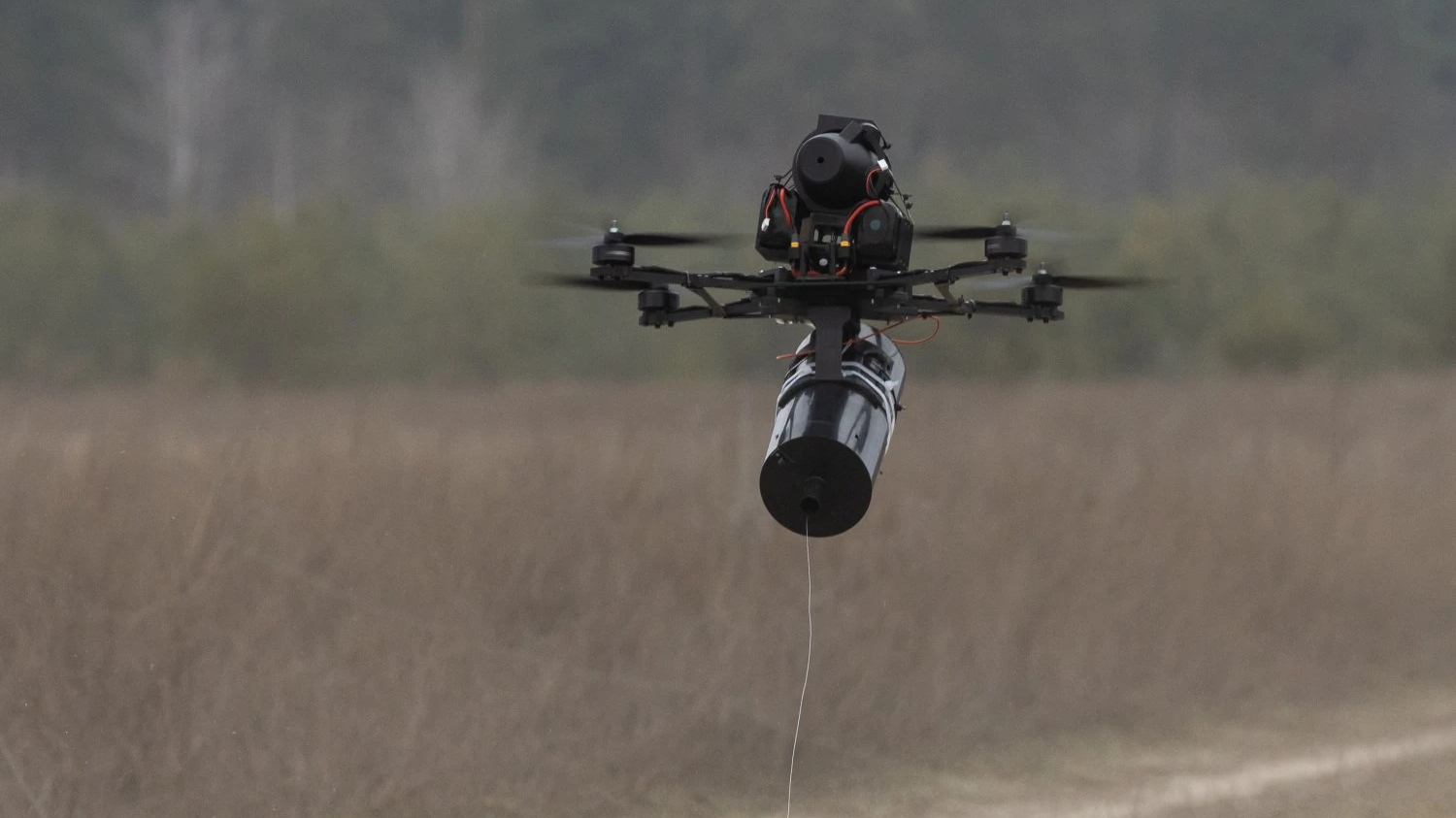
5. Capabilities of Ukrainian Drones
Ukraine’s inventory boasts FPV kamikaze drones, 110-pound payload bomber drones, and domestically made long-distance An-196 Liutyi aircraft that can hit more than 600 miles. Deep strike operations up to 70 km in depth behind Russian lines target drone pilots, artillery, and logistics centers are performed by elite forces such as Yurih “Achilles” Fedorenko’s 429th Regiment. Production targets are set at 350,000 drones per month to keep up with Russia’s size, with AI-guided systems more and more being used to combat electronic warfare.
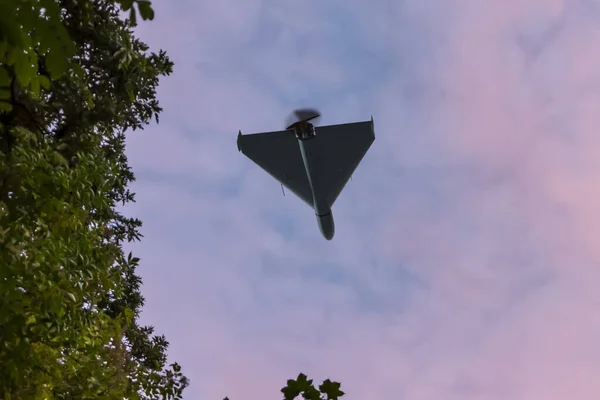
6. Russian Production and Deployment of Drones
Russia’s Shahed variants are as inexpensive as $20,000–$70,000 apiece, allowing batch launches that drain Ukrainian interceptors that cost millions of dollars per firing. Localization of production at the Alabuga plant from fuselages to microelectronics indicates Moscow’s aim to maintain and increase production, potentially for export. Certain experts caution against technology transfers to allies such as North Korea, triggering security fears in the wider region beyond Ukraine.
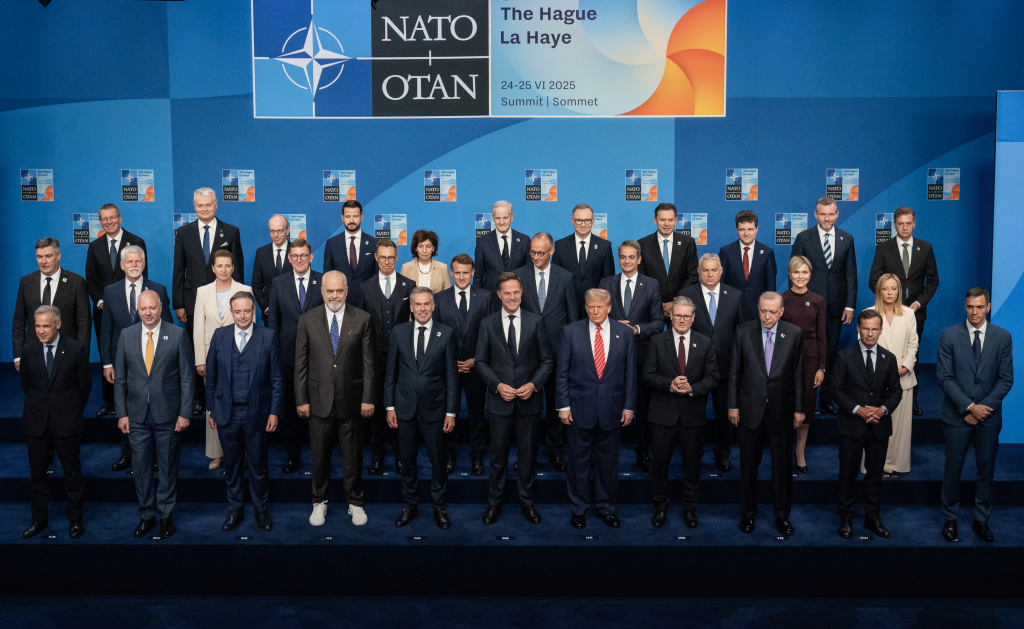
7. Implications for NATO and the World
The attack was also timed amidst increased NATO alertness after Russian drone breaches along the border of Poland. Efforts such as Eastern Sentry are intended to integrate anti-drone defenses across NATO’s eastern frontier, but existing dependence on costly fighter jets is financially unsustainable. Ukraine’s experience from mobile fire groups to low-cost interceptor drones is shaping NATO’s move toward scalable, cost-efficient air defense systems.
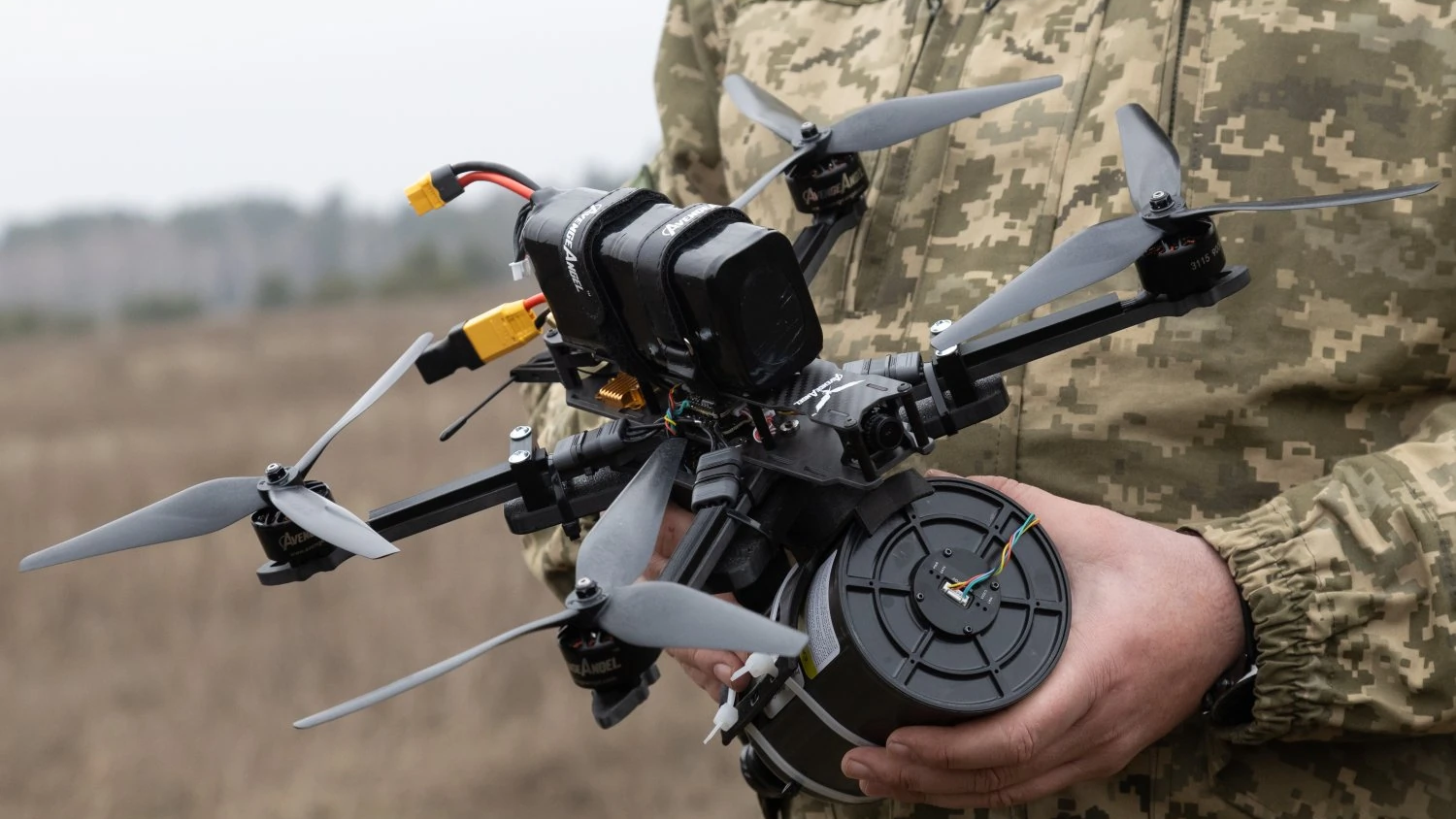
8. Engineering the Future Battlefield
The velocity of innovation cycle frequently weeks from game-changer to countermeasure is rewriting battlefield dynamics. Jam-resistant fiber-optic drones have provided Russia with an operational advantage, and Ukraine is testing autonomous guidance kits and wide radio horizons. Convergence of AI, ground robots, and air systems is driving warfare toward a blend of manned and unmanned operations, although commanders are quick to emphasize that artillery and infantry are unreplaceable in unfavourable environments.
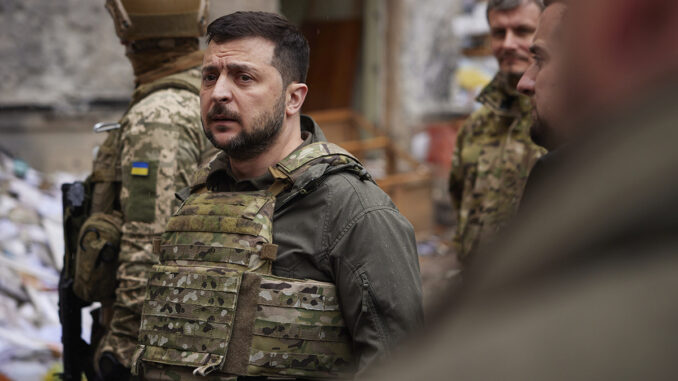
The scope and accuracy of this latest Ukrainian attack highlight the technological arms race that characterizes the conflict. From the skies over Moscow to Alabuga’s factory floors, drones are no longer tactical disruption tools they are strategic resources with the ability to shift the trajectory of war.
